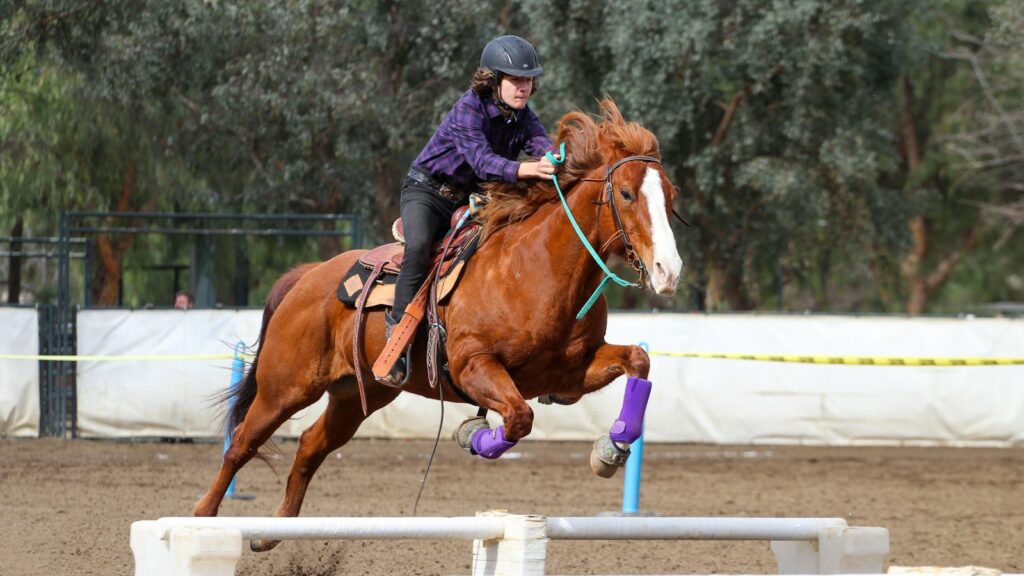Horses have galloped through the pages of literature for centuries, carrying with them symbolic weight, emotional resonance, and cultural significance. In modern literature, these majestic creatures continue to hold a special place, though their portrayal has evolved to reflect contemporary values, concerns, and artistic sensibilities. From children’s classics to adult literary fiction, from fantasy epics to historical novels, horses serve as companions, mirrors, catalysts, and metaphors. They represent freedom and constraint, wildness and domestication, power and vulnerability. This article explores the diverse ways horses appear in modern literature, examining how authors use these animals to convey deeper meanings about human experience and our relationship with the natural world.
The Symbolic Significance of Horses in Contemporary Fiction
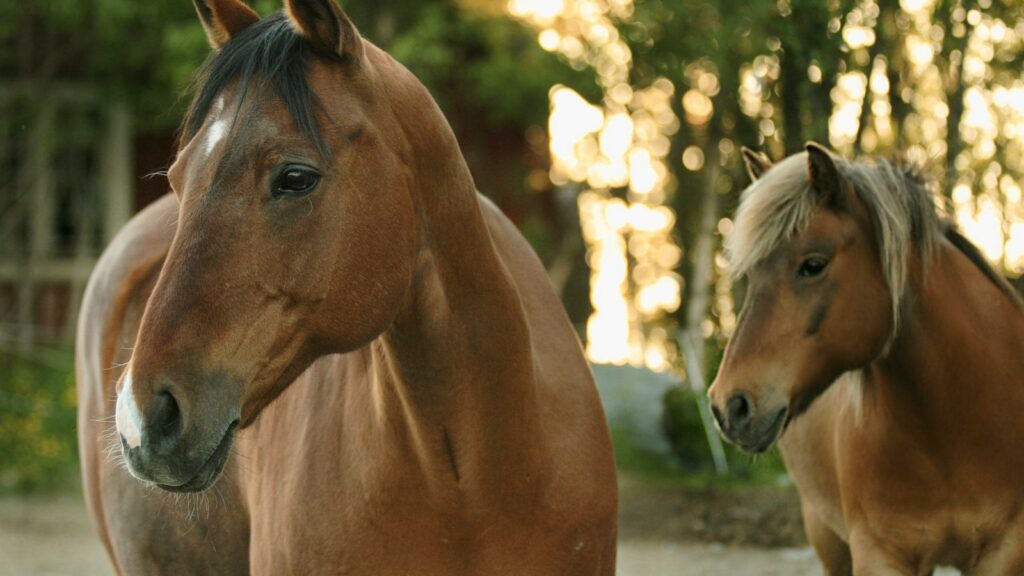
In contemporary fiction, horses frequently function as powerful symbols that extend beyond their literal presence. They often represent freedom, strength, and a connection to nature that modern humans have largely lost in industrialized society. Authors like Cormac McCarthy in “All the Pretty Horses” use horses as symbols of a vanishing way of life, where the relationship between humans and these animals represents a more authentic existence. Many writers employ horses to signify transitions—between childhood and adulthood, civilization and wilderness, or past and present. The symbolic horse can also embody contradictions: both wild and domesticated, powerful yet vulnerable, representing both escape and responsibility. This multifaceted symbolism makes horses particularly valuable literary devices that allow authors to explore complex themes through seemingly straightforward narratives.
Horses as Characters: Anthropomorphism and Agency
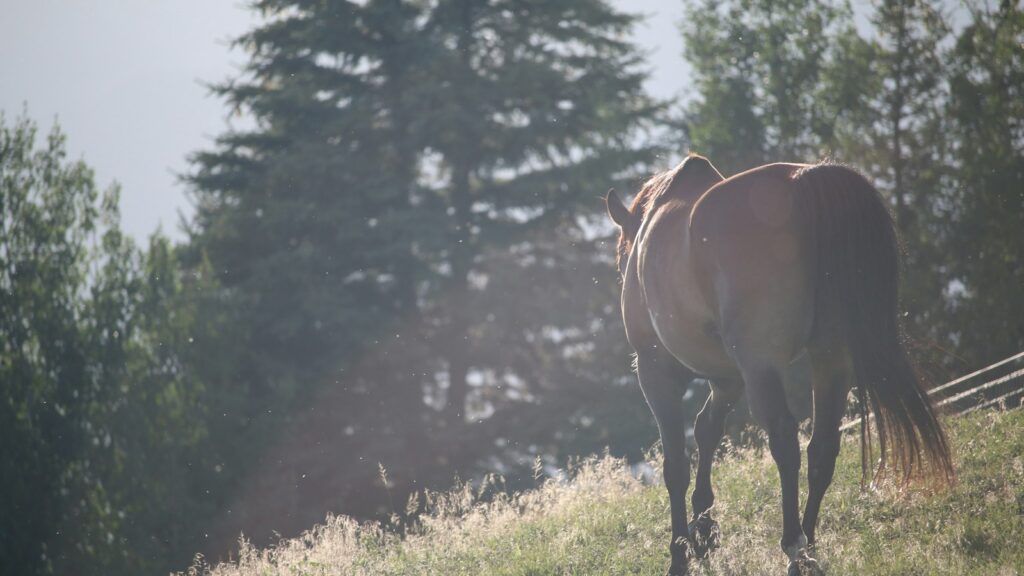
Modern literature has increasingly granted horses character status, moving beyond their traditional roles as mere transportation or background elements. In novels like Jane Smiley’s “Horse Heaven” and Mark Helprin’s “Winter’s Tale,” horses possess distinct personalities, emotional lives, and even perspectives, with some authors going so far as to provide equine narrators or viewpoint characters. This anthropomorphic approach doesn’t necessarily diminish the animal nature of horses but rather expands readers’ understanding of non-human consciousness and agency. The technique creates empathy across species lines and challenges human-centric worldviews. Perhaps most interestingly, many contemporary authors strike a delicate balance between portraying horses as both distinctly equine in their behaviors and motivations while simultaneously making them relatable to human readers through careful characterization.
Nostalgia and Loss: Horses as Connections to a Vanishing Past
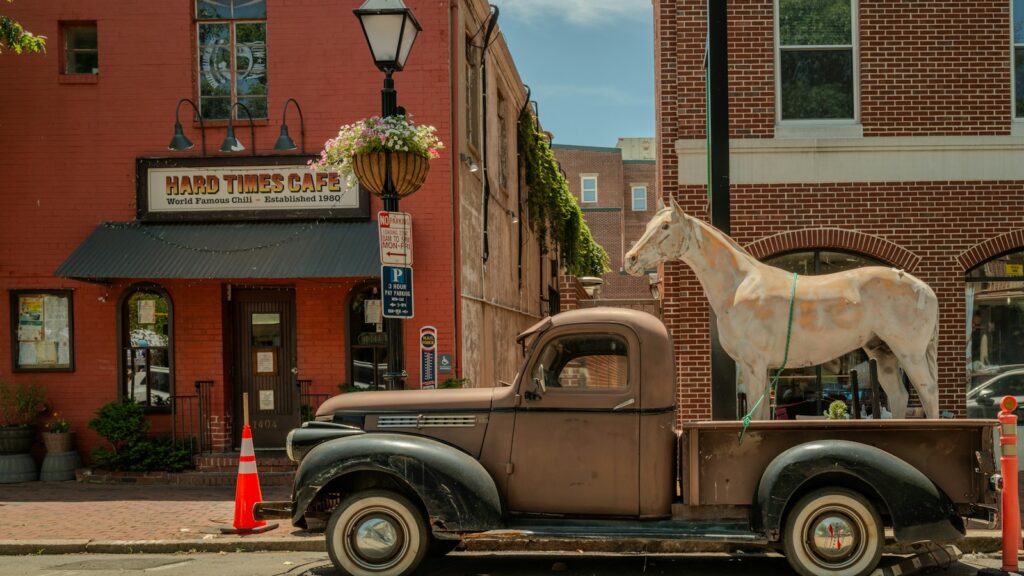
Many modern literary works featuring horses tap into a profound sense of nostalgia for pre-industrial ways of life, using these animals as bridges to history. In novels like Sebastian Barry’s “Days Without End” or Larry McMurtry’s “Lonesome Dove,” horses represent not just transportation but an entire economic and social system that has been largely displaced by automobiles and technology. This nostalgic portrayal extends beyond Western novels to diverse settings where horses once played central roles in human communities. The relationship between rider and mount frequently serves as a metaphor for humans’ changing relationship with the natural world—one that has shifted from partnership to dominance. Some critics argue this nostalgic portrayal can verge on romanticizing difficult historical periods, while defenders see it as preserving important cultural memories of human-animal partnerships that shaped civilization.
Young Adult Fiction: Coming of Age Through Equine Relationships
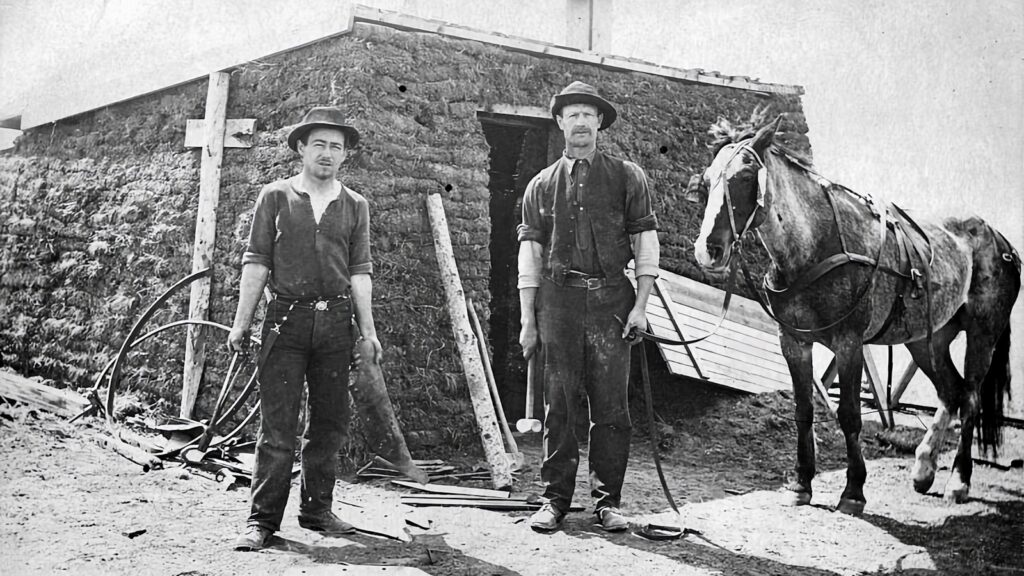
The horse-human relationship has become a staple motif in young adult literature, where equine characters frequently facilitate coming-of-age narratives. From classics like “Black Beauty” to more contemporary works such as “The Scorpio Races” by Maggie Stiefvater, horses often serve as catalysts for young protagonists’ emotional growth and self-discovery. These narratives typically position the horse as both a challenge to be mastered and a companion that teaches responsibility, patience, courage, and empathy. The intensity of caring for another living being pushes characters beyond their comfort zones and forces them to develop new competencies. Modern YA novels tend to avoid simplistic “horse-crazy girl” stereotypes, instead portraying nuanced relationships that acknowledge both the joy and difficulty of working with large, powerful animals that have their own needs and natures.
Horses in Fantasy Literature: Between Magic and Reality
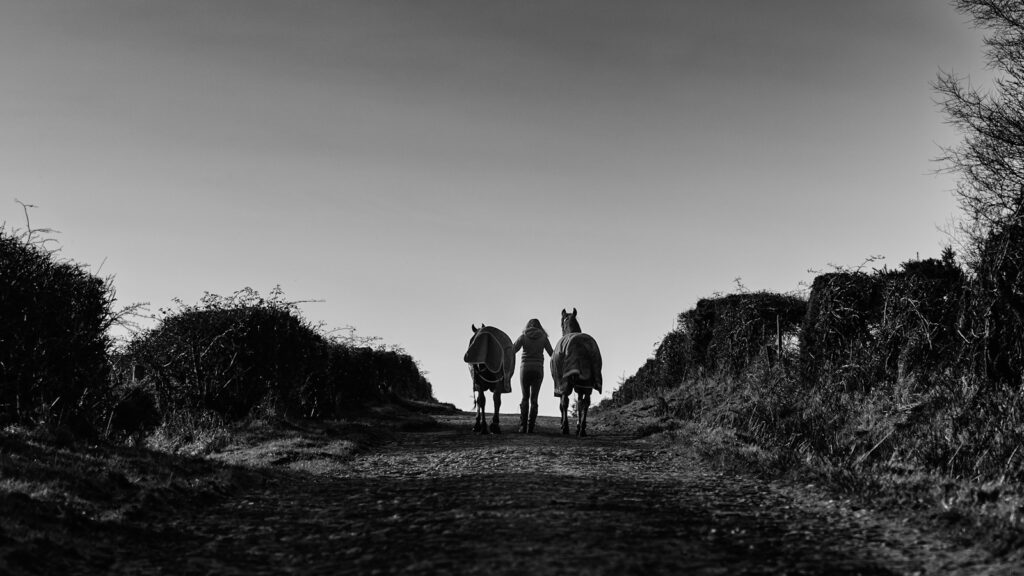
Fantasy literature has embraced horses in ways that both honor their biological reality and transcend it through magic and mythology. Authors like George R.R. Martin in “A Song of Ice and Fire” meticulously detail the practical aspects of horsemanship while also introducing fantastical equine creatures, creating a world where both ordinary horses and magical variants coexist. The subgenre of “horse fantasy” has flourished with works like Robin McKinley’s “The Blue Sword” and Kristen Britain’s “Green Rider” series, where magical horses often possess heightened intelligence, telepathic abilities, or supernatural endurance. These fantasy portrayals typically build upon real equine qualities—speed, grace, power, and the historical relationship with humans—and amplify them to create compelling narrative devices. Interestingly, even in worlds of pure imagination, many fantasy authors demonstrate considerable knowledge of authentic horsemanship, lending credibility to their magical creations.
Feminist Perspectives: Horses as Symbols of Female Empowerment

Contemporary women writers have frequently employed horses as symbols of female agency, freedom, and power in their works. Novels like Jeanette Walls’ “Half Broke Horses” and Jane Smiley’s horse-centered fiction often position horsemanship as a domain where women can demonstrate mastery, independence, and connection with something powerful outside patriarchal structures. The physical relationship between horse and rider—requiring communication, mutual respect, and partnership rather than domination—often serves as a counterpoint to problematic human relationships in these narratives. Some feminist literary critics have noted that the traditional association between girls and horses in literature has evolved from simplistic “horse-mad girl” tropes to more complex explorations of embodiment, agency, and interspecies communication. For many female protagonists in modern literature, horses represent not just escape but an alternative way of being in the world—one that values intuition, body knowledge, and cooperative power over rigid hierarchies.
Postcolonial Narratives: Reconsidering the Horse’s Imperial Legacy
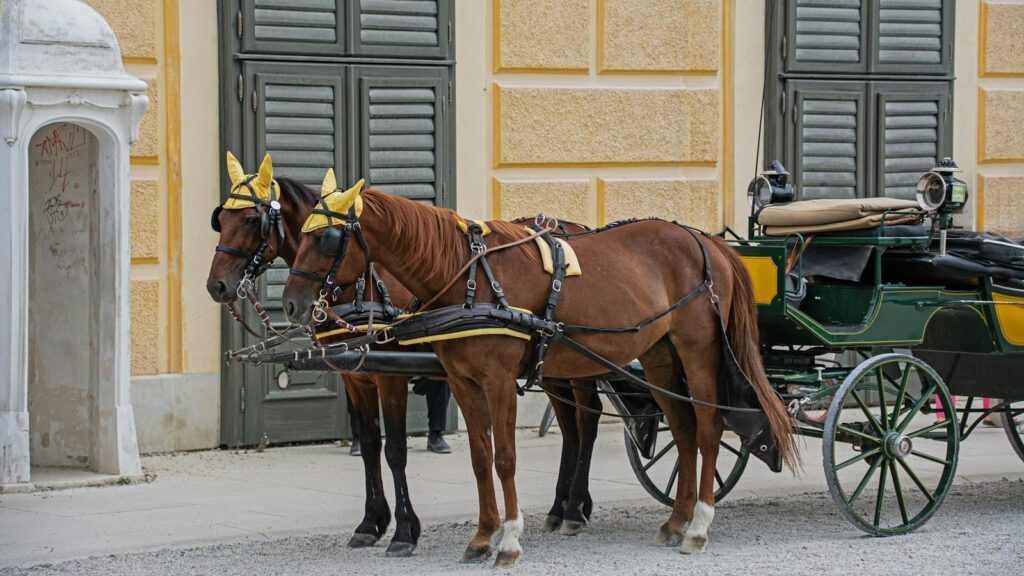
Modern literature has begun to critically examine the horse’s historical role in colonization and empire-building, particularly in postcolonial narratives. Authors like Joseph Boyden in “The Orenda” and Toni Morrison in “A Mercy” acknowledge how horses facilitated European conquest in the Americas while exploring indigenous perspectives on these animals as both threats and eventually adopted tools. Contemporary Native American and First Nations writers have reclaimed the horse narrative, highlighting how many indigenous cultures developed profound equestrian traditions after horses returned to North America with European colonizers. These complex portrayals challenge simplistic historical narratives that position horses exclusively as tools of conquest. Postcolonial horse narratives often explore the animal’s dual status as both an instrument of historical trauma and a being that formed genuine partnerships with colonized peoples, creating nuanced representations that acknowledge historical pain while celebrating cultural resilience and adaptation.
Literary Realism: The Physical Horse in Contemporary Fiction
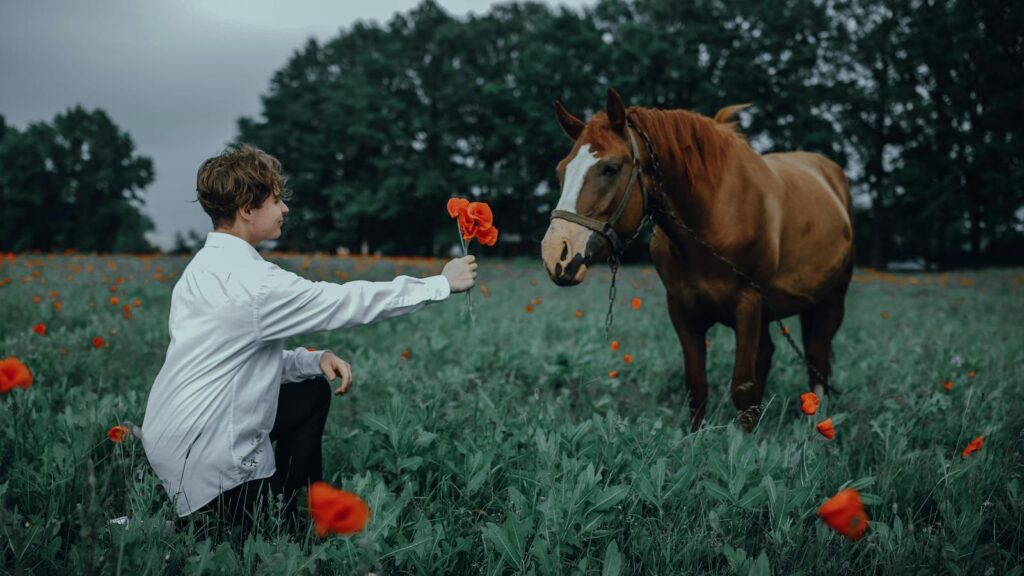
Many contemporary authors bring heightened attention to the physical reality of horses, depicting their bodies, behaviors, and care with unprecedented detail and accuracy. Writers like Jane Smiley, who has extensive personal experience with horses, describe the minute details of equine anatomy, the sensory experience of riding, and the labor-intensive aspects of horse care with scientific precision. This literary realism serves multiple purposes, grounding fantastical or emotional narratives in physical reality while also educating readers about actual equine nature. The emphasis on the horse’s body—its size, smell, movement, and biological needs—often functions as a counterpoint to digital alienation in contemporary life, reminding readers of physical embodiment and natural rhythms. Modern horse literature frequently includes passages about manure, injuries, veterinary care, and feeding schedules alongside more romanticized descriptions, creating a more complete literary portrait of horse-human relationships than was common in earlier periods.
Climate Fiction: Horses in Post-Apocalyptic Narratives

As climate and post-apocalyptic fiction has gained prominence in recent decades, horses have reemerged as significant characters in visions of possible futures. In novels like Emily St. John Mandel’s “Station Eleven” and James Howard Kunstler’s “World Made by Hand,” horses return to their pre-industrial roles after technological collapse, becoming essential for transportation, agriculture, and warfare in transformed societies. These narratives often position horses as repositories of skill and knowledge that might help humanity survive after fossil fuels are depleted. The revaluation of horsemanship in these works suggests both nostalgia and pragmatic futurism—an acknowledgment that sustainable societies might need to reclaim traditional technologies. Climate fiction frequently portrays the horse as a symbol of resilience and adaptation, qualities that both humans and animals will need to navigate changing environmental conditions. These portrayals remind readers that horses have been human companions through multiple societal transformations and might be partners in whatever comes next.
Literary Techniques: How Authors Write About Horses
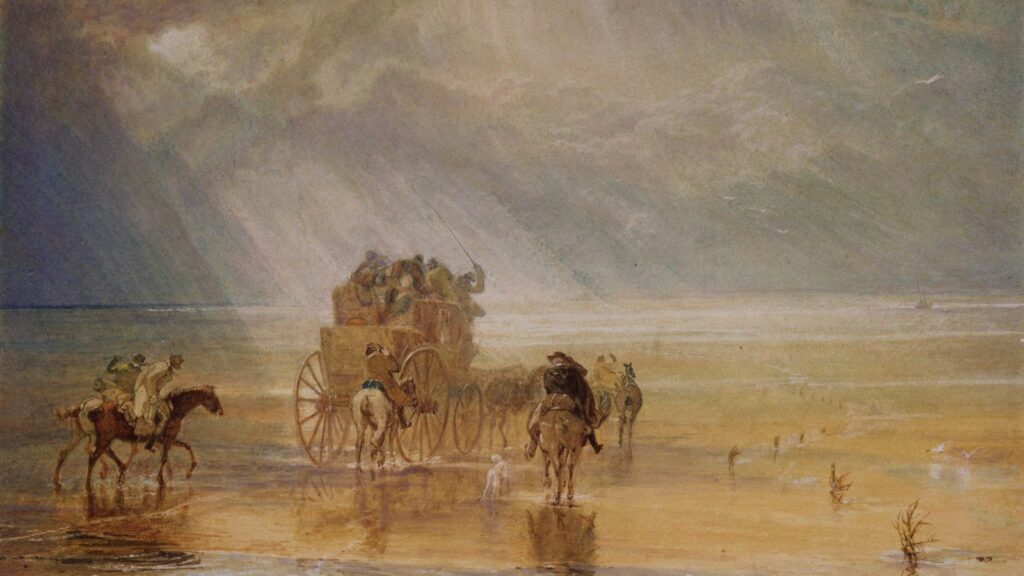
The techniques authors employ to convey equine presence on the page have evolved significantly in modern literature. Contemporary writers utilize sensory detail, specialized vocabulary, and innovative narrative approaches to bring horses to life for readers who may have little direct experience with these animals. Authors like Jane Smiley incorporate precise technical terminology from equestrian disciplines, while others like Cormac McCarthy rely on poetic language that captures the emotive quality of horses through metaphor and rhythm. Some writers experiment with representing equine consciousness through stream-of-consciousness techniques or fragmented sensory impressions that attempt to capture a non-human perspective. The challenge of representing communication between species has led to creative solutions in narrative point of view, with some authors alternating between human and animal perspectives or developing literary techniques that suggest understanding across species boundaries without anthropomorphizing. This technical innovation in horse writing reflects broader literary trends toward representing diverse consciousnesses and experiences.
Cross-Cultural Perspectives: Horses in Global Literature

Modern literature offers diverse cultural perspectives on horses that reflect their varying roles and meanings across global societies. Japanese author Haruki Murakami frequently incorporates horses as mysterious, dream-like figures carrying symbolic significance distinct from Western traditions, while Chilean writer Isabel Allende draws on Latin American equestrian cultures in works like “Daughter of Fortune.” Middle Eastern literature often celebrates the Arabian horse tradition with distinctive cultural references and historical contexts. These cross-cultural representations reveal that while horses have been global companions to humans, their literary significance varies substantially based on cultural context. Modern global publishing has made these diverse equine traditions more accessible to international readers, enriching the literary conversation about horses beyond Western-centric perspectives. Comparative literature scholars have noted how different literary traditions emphasize various aspects of horses—from their spiritual significance to their practical uses—creating a rich tapestry of equine representation across world literature.
Critical Animal Studies: Rethinking Human-Horse Relationships
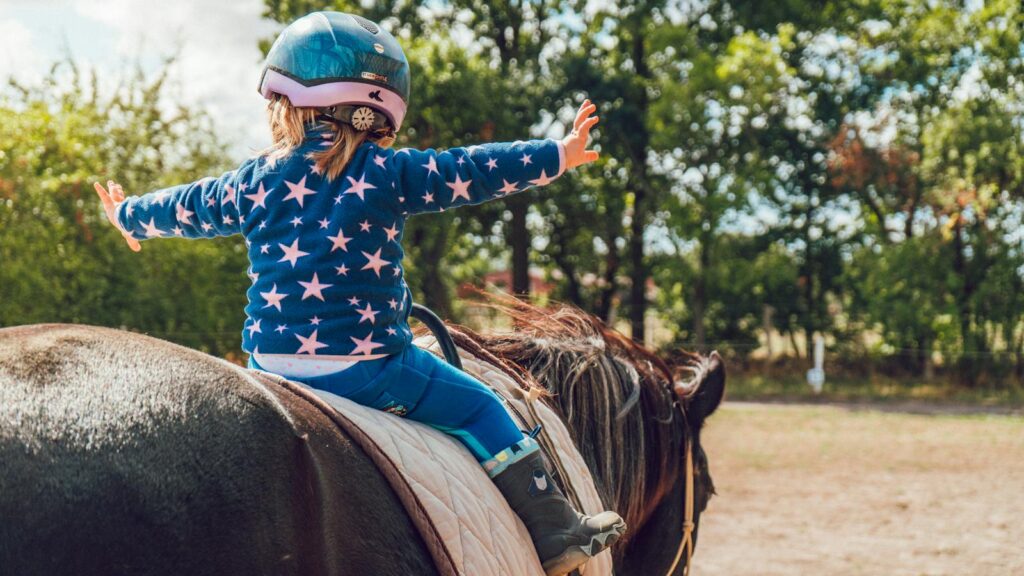
The emerging field of critical animal studies has influenced how contemporary authors portray horses, raising questions about power, ethics, and interspecies relationships. Writers increasingly acknowledge the potential ethical problems in traditional horse narratives that prioritize human mastery over equine welfare or present horses primarily as tools for human purposes. Authors like Jane Smiley and Molly Gloss explicitly engage with questions about consent, domestication, and human responsibilities toward horses, often challenging romanticized notions of natural partnership. This critical perspective has led to more complex literary treatments that acknowledge horses as beings with their own interests and experiences rather than simply mirrors for human concerns. Some contemporary literature explicitly addresses historical and current issues in equine welfare, from racing injuries to slaughter practices, incorporating these ethical questions into narrative structures. These works ask readers to consider horses not just as literary symbols or plot devices but as fellow beings whose experiences matter independently of human needs.
The Future of Horses in Literature: Emerging Trends and Directions
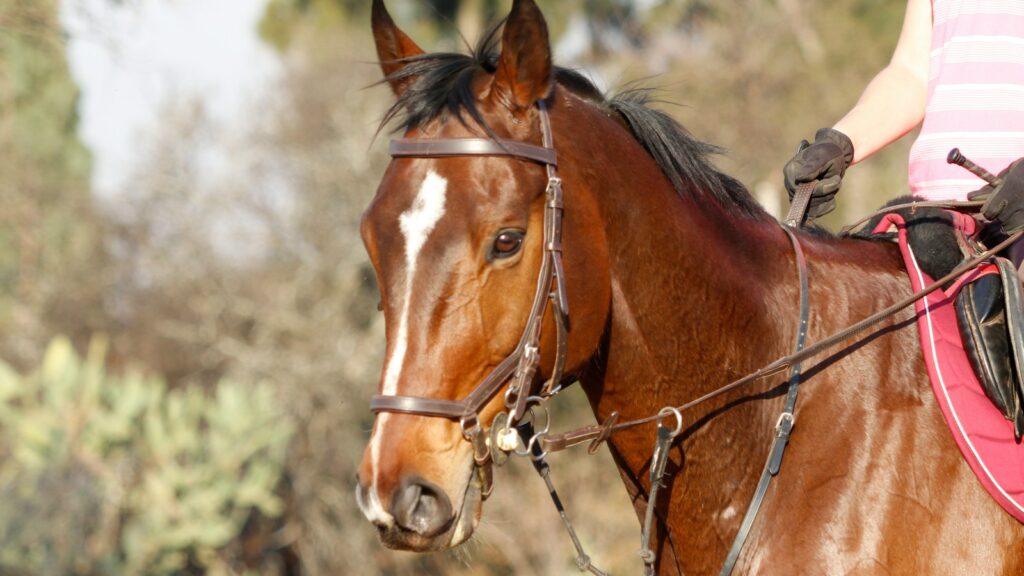
As literature continues to evolve, several emerging trends suggest future directions for equine representation in fiction. Digital technologies are enabling multimedia storytelling that combines traditional text with visual and audio elements to create more immersive horse narratives, while social media platforms have fostered communities sharing equine microfiction and poetry. Climate concerns are increasingly central to horse narratives, with more authors exploring sustainable equestrian practices and horses’ places in ecological systems. The growing emphasis on diverse voices in publishing is bringing forward previously marginalized perspectives on horses, including indigenous horse traditions and working-class equestrian experiences. Some speculative fiction explores potential future human-horse relationships, from genetic modifications to technological interfaces between species. These emerging trends suggest that horses will continue to gallop through literature, though their symbolic meanings and narrative roles may transform to reflect changing human concerns, technologies, and values in the coming decades.
Conclusion
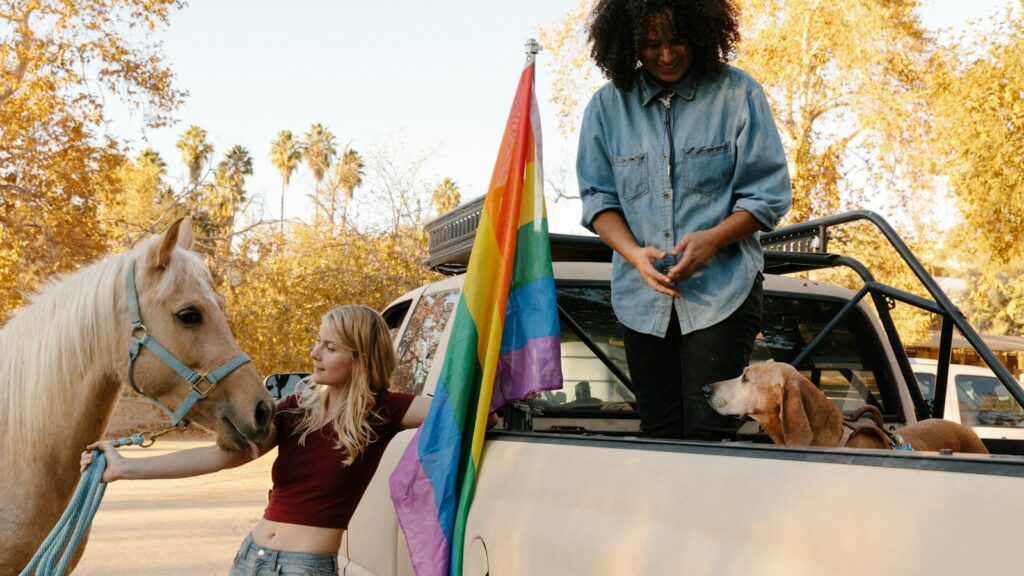
The portrayal of horses in modern literature reveals as much about human concerns, values, and anxieties as it does about the animals themselves. From powerful symbols of freedom to complex characters with agency, from nostalgic connections to the past to potential partners in uncertain futures, literary horses carry multiple meanings across diverse genres and cultural contexts. Contemporary authors have moved beyond simplistic or romanticized depictions to create nuanced portrayals that acknowledge both the biological reality of horses and their profound cultural significance. As literature continues to evolve, horses seem likely to maintain their special place in human storytelling, serving as bridges between humans and the natural world, between past and future, and between different aspects of human experience. Their hoofprints across the pages of modern literature leave lasting impressions that continue to shape how we understand these magnificent animals and our relationships with them.

